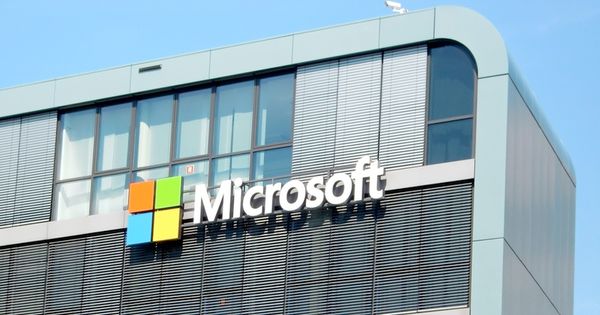The Microsoft Exchange Server mega-hack - what you need to know

What’s going on?
In case you’ve missed the news – hundreds of thousands of Microsoft Exchange Server systems worldwide are thought to have been compromised by hackers, who exploited zero-day vulnerabilities to steal emails.
Victims have included the European Banking Authority.
The attacks began seemingly specifically targeting organisations, but has now broadened and escalated dramatically.
As a consequence, there is a good chance that many small business, corporate, and government victims of the attack are currently unaware that they have fallen victim.
What’s a zero-day vulnerability?
“Zero-day” means that the people responsible for patching the vulnerability had zero days to do it before the flaw was exposed or exploited by malicious hackers.
In short, an official security patch has not been released – and malicious hackers may have already taken advantage of the flaw.
My business uses Microsoft Exchange – are we at risk? How do we patch?
The first thing to ask yourself is which flavour of Microsoft Exchange your company uses.
The vulnerabilities reside in the on-premises editions of Microsoft Exchange Server. It is not present in the cloud-based Exchange Online or Microsoft 365 (formerly O365) email services.
Who is behind the attacks?
In a blog post, Microsoft said that it believed a Chinese state-sponsored hacking group called “Hafnium” were behind the attacks.
China has denied any involvement.
However, the release of the security patches and the tardiness of some organisations to defend themselves has almost inevitably encouraged other hackers to also target vulnerable systems.
The US Cybersecurity and Infrastructure Security Agency (CISA) says that it is “aware of threat actors using open source tools to search for vulnerable Microsoft Exchange Servers.”
Is this any way connected to the SolarWinds attack that people started talking about a few weeks ago? That was being widely blamed on Russia.
Microsoft has said that it has seen “no evidence that the actor behind SolarWinds discovered or exploited any vulnerability in Microsoft products and services.”
So how can I fix this for my company?
If your company is not in a position to immediately patch, then you should make yourself familiar with the alternative mitigations suggested by Microsoft, and limiting or blocking external access to internet-facing Exchange servers.
The best advice, however, is to patch as soon as possible. Anything else is a temporary solution like sticky tape.
Is there anything else we should be doing?
Yes. It’s obviously a good thing if you’ve patched your systems, but that will not undo any damage that might already have been caused if you were already compromised.
You should also attempt to identify whether your organisation has already been breached, and hackers have gained a foothold.
Microsoft has released a tool that scans Exchange log files for indicators of compromise (IOCs) associated with the vulnerabilities.
Is there anywhere I can find out more?
I strongly recommend that you check out Microsoft’s security advisory and blog post.
tags
Author
Graham Cluley is an award-winning security blogger, researcher and public speaker. He has been working in the computer security industry since the early 1990s.
View all postsRight now Top posts
Start Cyber Resilience and Don’t Be an April Fool This Spring and Beyond
April 01, 2024
Spam trends of the week: Cybercrooks phish for QuickBooks, American Express and banking accounts
November 28, 2023
FOLLOW US ON SOCIAL MEDIA
You might also like
Bookmarks








